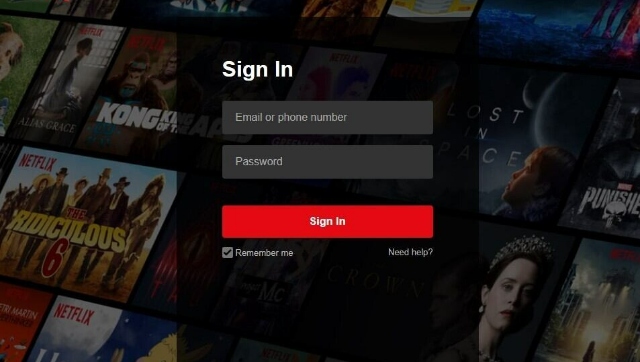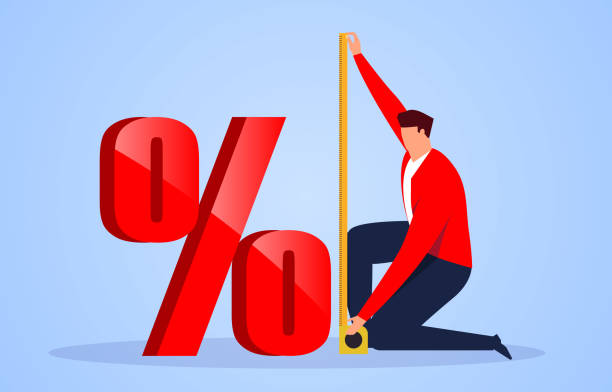What Kind of Stop-Loss Order Should a Trader Use?
While making the decision of whether or not to purchase a stock, several crucial factors are overlooked. One of these variables could be the stop-loss order. Once utilized correctly, a stop-loss order may make all the difference. And almost everyone may profit from this technology.
Get one of the top 10 forex trading platforms to put a stop-loss order to make fewer damages to your profile.
What is a Stop-Loss Order?
When a broker receives a stop-loss order, it instructs them to purchase or sell a particular stock at a specified price. Investors use stop-loss orders to restrict the amount of money they lose when they sell an asset Placing a stop-loss order 10% underneath the value at which you purchased the stock, for instance, will restrict your damage to 10%.
Assume you just bought Microsoft (MSFT) at a price of $20 per share. You place a stop-loss order for $18 immediately after purchasing the stock. Unless the price of the stock goes beneath $18, your units will be auctioned at the current market price.
Stop-limit orders work in the same way as stop-loss orders. Therefore, as the title indicates, there is a set budget at which they will function. A stop-limit order specifies two rates: the stop price, which converts the order to a sell order, and the cap price. Rather than being a market order to sell, the order is converted into a limit order which will solely complete at the limitation price (or better).
Advantages of the Stop-Loss Order
One of the most significant advantages of a stop-loss order is that it is free to use. Your normal compensation is only paid when the stop-loss price is met and the asset must be liquidated. A stop-loss order may be thought of as a free insurance policy.
Another advantage of a stop-loss order is that it removes emotional effects from choice. People have a tendency to "fall in love" with stocks. For example, people may believe that if they offer a stock additional opportunity, it will turn over. In reality, this latency may only increase losses.
Whatever kind of investor you are, you ought to be willing to quickly determine why you hold stock. The requirements of a value investor will vary from those of a growth investor, who will diverge from those of an active trader. Whatever approach you use, it will only be effective if you stick to it. As a result, if you are a die-hard buy-and-hold investor, your stop-loss orders are almost worthless.
Just at the conclusion of the day, if you want to be a successful investor, you must have faith in your approach. This entails following through on your strategy. Stop-loss orders have the benefit of keeping you on schedule and preventing emotion from clouding your judgment.
Lastly, keep in mind that stop-loss orders do not ensure that you will earn money in the stock market; you must still make sound investing choices. Whenever you don't, you'll lose the same amount of money as if you didn't have a stop-loss (only at a much slower rate).
Leverage the UK forex trader when you want to place your stop-loss order to prevent your loss
Stop-Loss Orders Are Also a Way to Lock in Profits
Stop-loss orders are often considered a method to limit losses. Yet, this technique may also be used to lock in earnings. In this situation, stop-loss orders are often known as "trailing stops." The stop-loss order is placed at a percentage threshold underneath the current market price in this case (not the price at which you bought it).
Like the stock price varies, so does the value of the stop-loss. It's essential to remember that if a stock rises in value, you have an appreciating asset; you won't receive the revenue until you sell. Placing a trailing stop enables you to let profits flow while still ensuring that at minimum some financial gain is achieved.
Following our Microsoft scenario, imagine you place a tracing stop order for 10% underneath the current price and the shares shot up to $30 within a month. Ones trailing-stop order would therefore be locked in at $27 per share ($30 - 10% x $30) = $27.
Since this is the lowest possible price, unless the stock drops unexpectedly, you will not be in the red. After all bear in mind that the stop-loss order is actually a market order—it just remains quiescent and is triggered unless the trigger price is achieved. As a result, the price at which your sell trades may vary somewhat from the set trigger price.
Take a look at the top 10 forex brokers in the world and make the right choice of choosing the best brokers.
Disadvantages of Stop-Loss Orders
The stop-loss order has the benefit of not requiring you to evaluate the performance of a stock on a regular basis. This advantage is particularly useful unless you're on vacation or in a scenario where you cannot monitor your stocks for a long duration of time.
The major drawback is that a short-term change in a stock's price may cause the stop price to be activated. The idea is to choose a stop-loss ratio that enables stock to vary on a daily basis while avoiding as much negative loss as feasible.
Placing a 5% stop-loss trade on a share with a pattern of the volatility of 10% or above in a week will not be the greatest approach. Quite probably, you'll only lose money on the fee earned by the implementation of your stop-loss order.
There really are no fast and hard guidelines for where to put pauses; it is entirely dependent on your own investment approach. A 5 percent level may be appropriate for an intensive trader, while a 15 percent or higher level may be appropriate for a long-term investment.
When you hit your stop value, your stop order will automatically convert to a market order. As a result, the value at which you sell may be significantly distinct from the stop price. This is particularly true in a volatile market when stock values may fluctuate quickly. A further limitation of the stop-loss order is that several brokers never let you put a stop order on specified securities, such as OTC Bulletin Board stocks or penny stocks.
Stop-limit orders pose additional dangers. Although these orders ensure a value range, the transaction may not be completed. This may be dangerous for investors in a rapid marketplace if the stop order activates but the cap order is not executed even until the market price pierces the limit price.
If a business receives terrible news and the ceiling price is just $1 or $2 underneath the stop-loss price, the investor must hang onto the shares for an indefinite length of time until the share price recovers again. Orders of any kind may be submitted as day or good-until-canceled (GTC) orders.
Conclusion
Although a stop-loss order is a basic instrument, many investors do not utilize it properly. This technique may be used to avoid extreme losses or to lock in gains in almost all investment strategies. Consider a stop-loss order as an insurance scheme: They hope you rarely need to utilize it, but it's nice to understand you're covered if you do.
Get more advantages from the best forex broker review and get a broker in the marketplace.

















